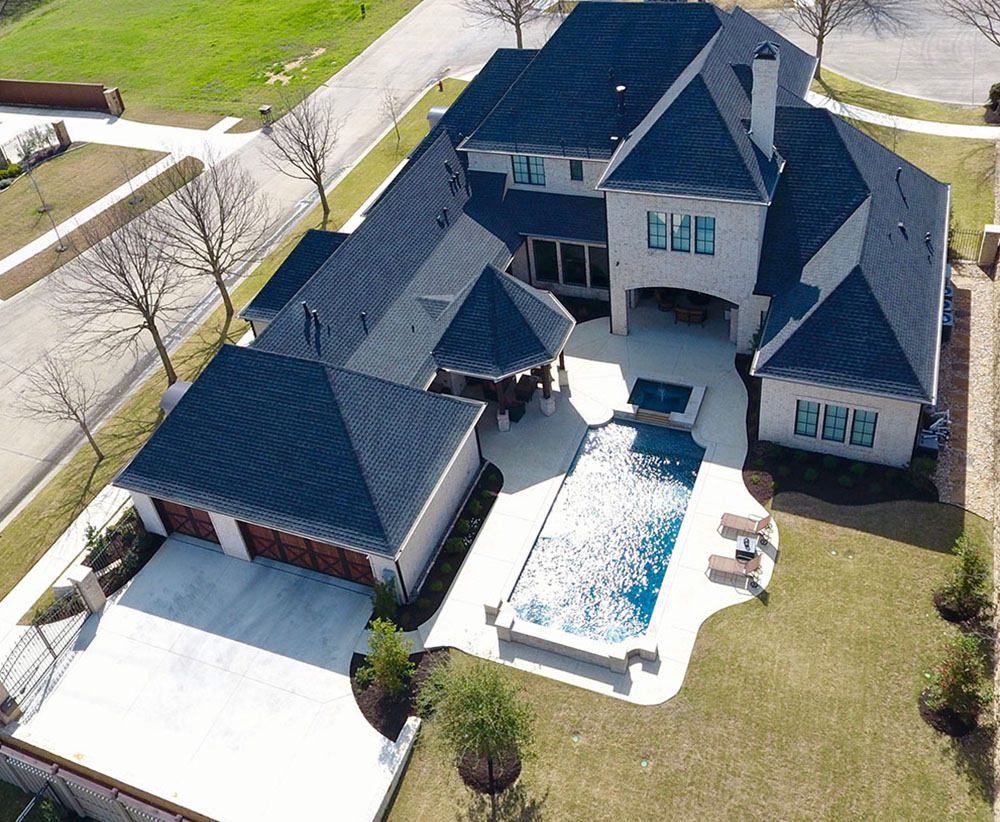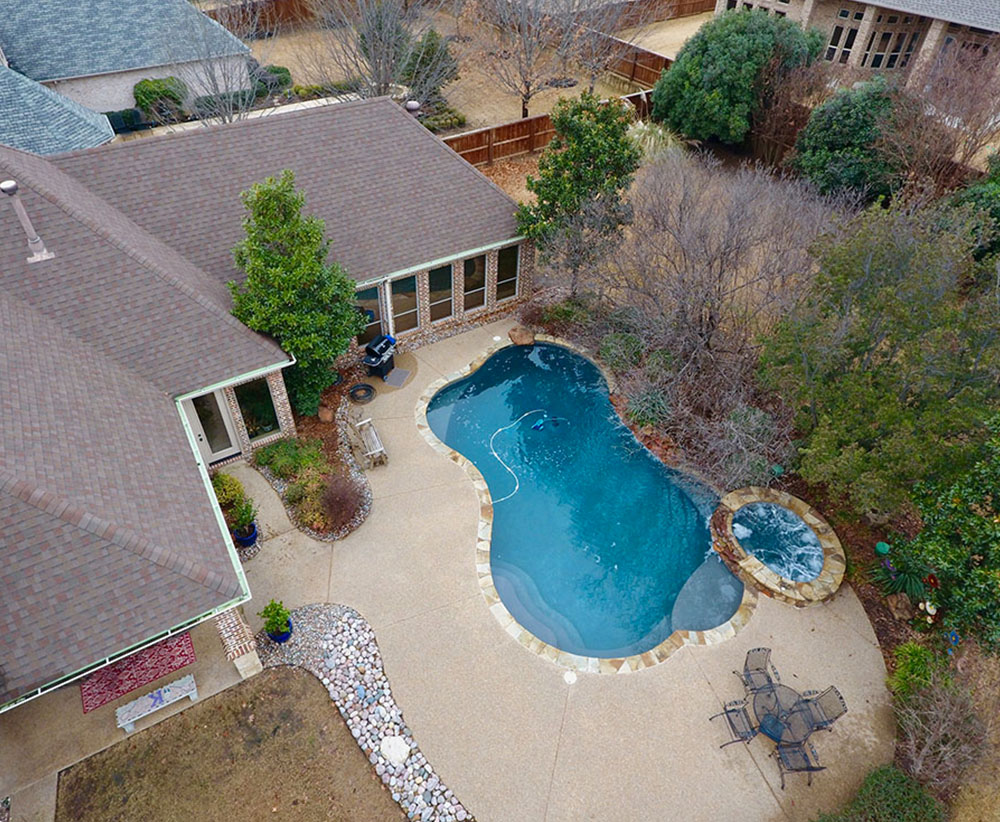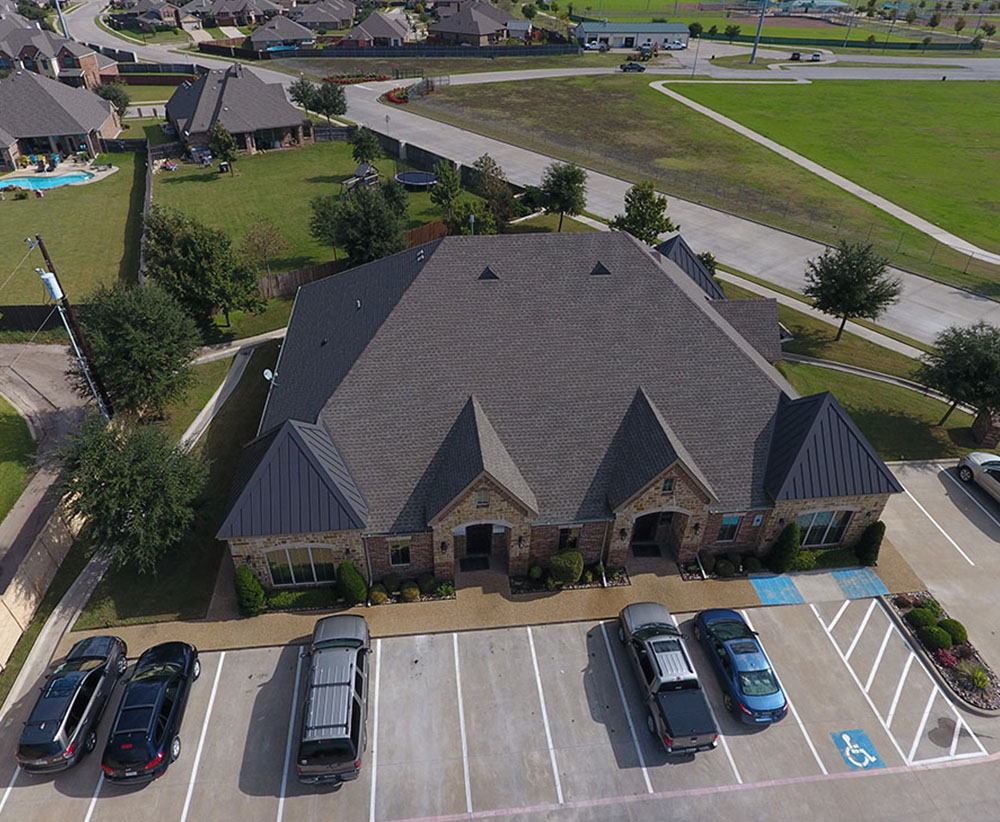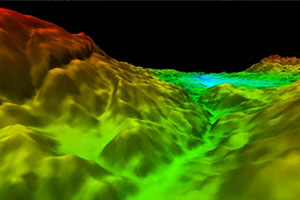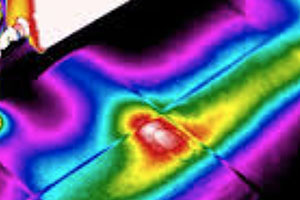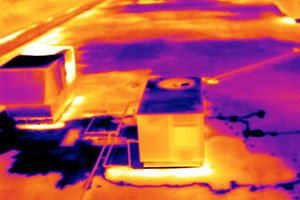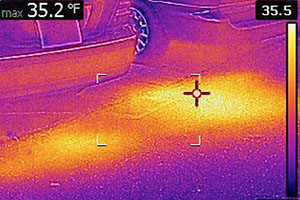Buying a home is not something you do every day and we provide the information you need for peace of mind. Our program has been designed to assure you a thorough, easy to understand overview of the conditions of the home you are about to purchase.
Buyer:
430 Point Inspection
Our inspections comply with all Texas Real Estate Commission requirements but we go beyond these minimums to assure you a complete and accurate determination of your home’s condition. Roof to basement, inside and out, foundation to the attic, all structure, foundation, roofs, pools, appliances, heating cooling and ventilations systems are examined for problems and condition.
BUYER BENEFITS
- We assure the inspection of over 400 + items
- We deliver a verbal report to you before we leave the house and we will email your illustrated report deficiencies and needed repairs.
- We point out major and minor deficiencies to give you the complete picture on your new home’s condition
- We identify any major expenditures coming up so you can budget these potential expenses
- We identify any potential safety hazards present
- We show you how various systems work and how to maintain and upkeep
- We review and explain the conditions found
- Your Home Inspection
- Electrical Panels & Breakers
- Meter Boxes
- Basement, Foundation
- Crawlspace Examination
- Foundation Movement
- Grading and Drainage
- Grounding and Bonding
- GFCIs and AFCIs
- Fireplace Damper Door
- Insulation and Ventilation
- Garage Doors
- Roof, Flashings, and Trim
- Gutters and Downspouts
- Skylight, Chimney
- Other Roof Penetrations
- Exterior Siding and Trim
- Interior Plumbing
- Fixtures and Faucets
- Drainage Sump Pumps
- Accessible Floats
- Electrical Service Line
Infrared Thermal Imaging
We see what you don’t see
Home Inspections have been, traditionally, visual inspections. This has been taken to mean visual to the human eye and readily seen. But, just as home construction has become more technical, so has the practice of professional Home Inspection. Electrical Circuit Analyzers, gas and CO meters and UV flashlights are now commonly used for home inspections. The newest such tool is the Thermal or IR imaging camera.
Infrared detects extremely small but crucial differences in temperature from one area of a house to another. These temperature variations show up on the camera’s view screen as “cold” or “hot” spots, which reveal hidden problems that often cannot be detected in the course of a traditional visual inspection. These problems may include:
Why Perform Infrared Home Inspections?
Combined with traditional home inspection techniques, the infrared inspection method reveals substantially more of the house than can be perceived by the naked eye and conventional inspection tools.
- Faulty wiring, breakers and fuses
- Hidden moisture intrusion
- The moisture sources of mold
- Pipe and duct work leaks
- Roof and ceiling leaks
- Foundation cracks
- Heat/energy loss
- Structural concerns
- Missing insulation
- Ventilation problems
- Moisture associated with termite nests
- Rats, mice and other pests
Inspection Report:
To help you better understand how we present our findings, please review a sample of an actual home inspection report. Keep in mind that no home is going to be 100% perfect. On average, an inspector will generally come across something that will either immediately need your attention or something that either the buyer or seller needs to be aware of. We’ll provide you with a thorough report with easy to follow recommendations so that you can resolve any issues quickly and easily. Click here for Inspection report example-residential




